by Michael E. Haskew
When American and British airborne troops lifted off from bases in North Africa and headed toward drop zones in Sicily during the early morning hours of July 9, 1943, the plan began to unravel almost immediately.
A Recipe for Disaster: Complicated Flight Plan, High Winds, Inexperience
While the American troopers were to parachute in, the British were riding in gliders. A total of 4,600 soldiers climbed aboard their aircraft and into the night sky. All of the pilots were Americans, who would pay dearly for their lack of training. None of the fliers had been briefed sufficiently on the Sicilian landscape, particularly at night. All of their briefings had included only aerial reconnaissance photos which had been taken during daylight hours.
Complicating matters, high winds began to kick up as the aircraft reached cruising altitude. Some gusts were clocked at up to 35 miles per hour, and for the Americans of the 82nd Airborne Division any training jump was canceled if wind speed reached 15 miles per hour. However, this jump into hostile territory would go ahead as scheduled. As a result, the 144 British gliders were buffeted by the winds and became unstable.
Out of fear that the aircraft would be mistaken for Germans by the invasion fleet headed toward Sicily, the pilots were ordered to fly a circuitous route toward their drop zones. After visually sighting the island of Linosa in the Mediterranean Sea, the pilots were to fly on to Malta and dog leg to the left over the southwestern shore of Sicily. The complicated flight plan, high winds, and pilot inexperience combined into a recipe for disaster.
The 82nd Airborne is Scattered
Paratroopers were scattered all over the southern end of Sicily, while the glider-borne British tragically lost as many as 70 of their aircraft which were released prematurely and crashed into the sea. Only 87 British paras reached their objective, the key bridge at Ponte Grande, and ran into heavy resistance. Less than 20 of them survived, but they held the bridge until relieved by advancing ground troops the following morning.
The American paratroopers had been ordered to secure the Piano Lupo, high ground behind the landing areas in the vicinity of Gela. The soldiers of the 82nd Airborne, however, seemed hopelessly scattered. When he hit the ground, Colonel (later General) James M. Gavin, commander of the 82nd’s 505th Parachute Regimental Combat Team, was actually uncertain whether he was in Sicily at all. Eventually, Gavin was able to gain his bearings and head toward the objective with a handful of men.
Unknown to Gavin at the time, the colonel and his patchwork command, which grew steadily during subsequent hours, were about to find themselves in the thick of the fighting at a location he later learned was known as Biazza Ridge. When the Americans occupied the heights, some proceeded down the far side and ran into an infantry regiment of the Hermann Göring Division supported by Tiger tanks. To their consternation, several of the troopers who scrambled back to the relative safety of the ridgeline reported that their bazooka rounds simply bounced off the armor plating of the big, 60-ton Tigers which replied with 88mm cannon fire.
A series of attacks and counterattacks continued for several hours as Gavin employed every man who was able to hold a rifle. Finally, American tanks and infantry from the landing beaches arrived to reinforce the hard-pressed airborne troops.
The scattered parachute drops had produced one unexpected dividend. The Germans were confused, and their lines of communications were cut by paratroopers who fought with incredible courage. The heroic stand of the paratroopers at Biazza Ridge compelled the German commander to abandon efforts to attack the landing beaches at Gela.
As a sad postscript, the next evening the bad luck of the airborne pilots continued. Antiaircraft fire from both land and sea lit up the night sky as planes flew overhead and were mistaken for attacking Germans. In reality, the planes were American, transporting reinforcements. Twenty-three of them were shot down, taking their precious human cargoes with them. The 82nd Airborne Division had passed its first test of combat, but the victory was indeed bittersweet.
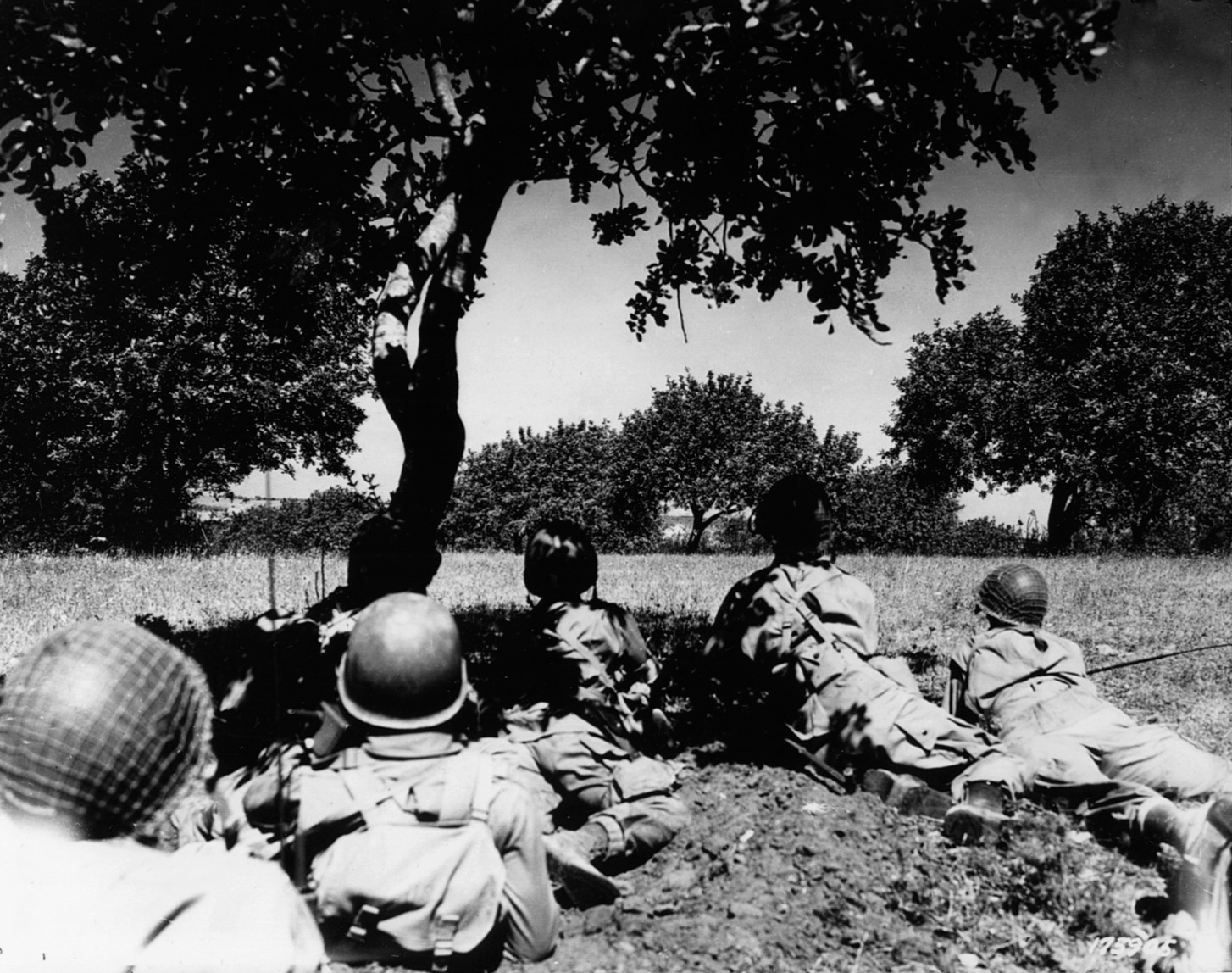
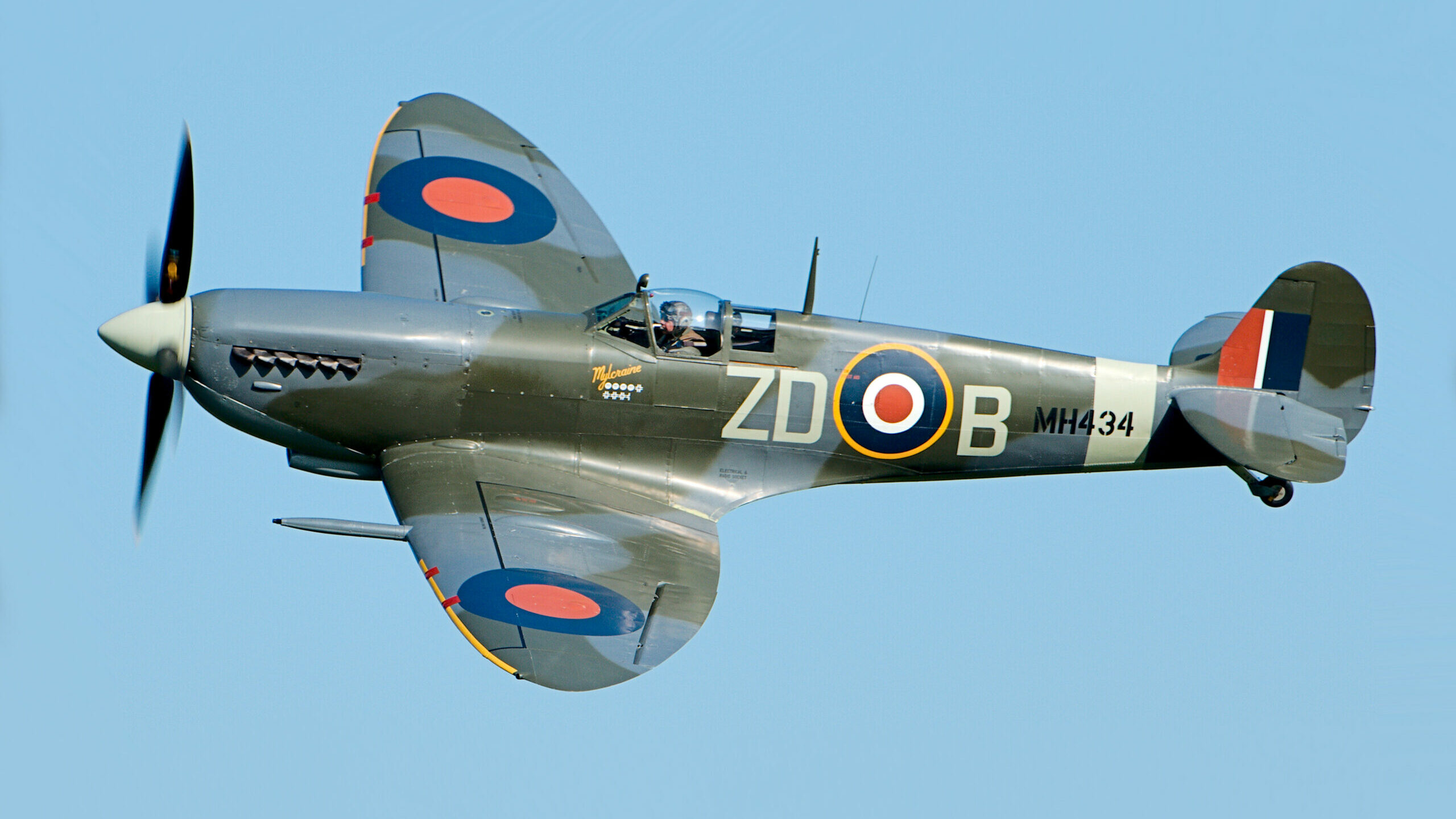
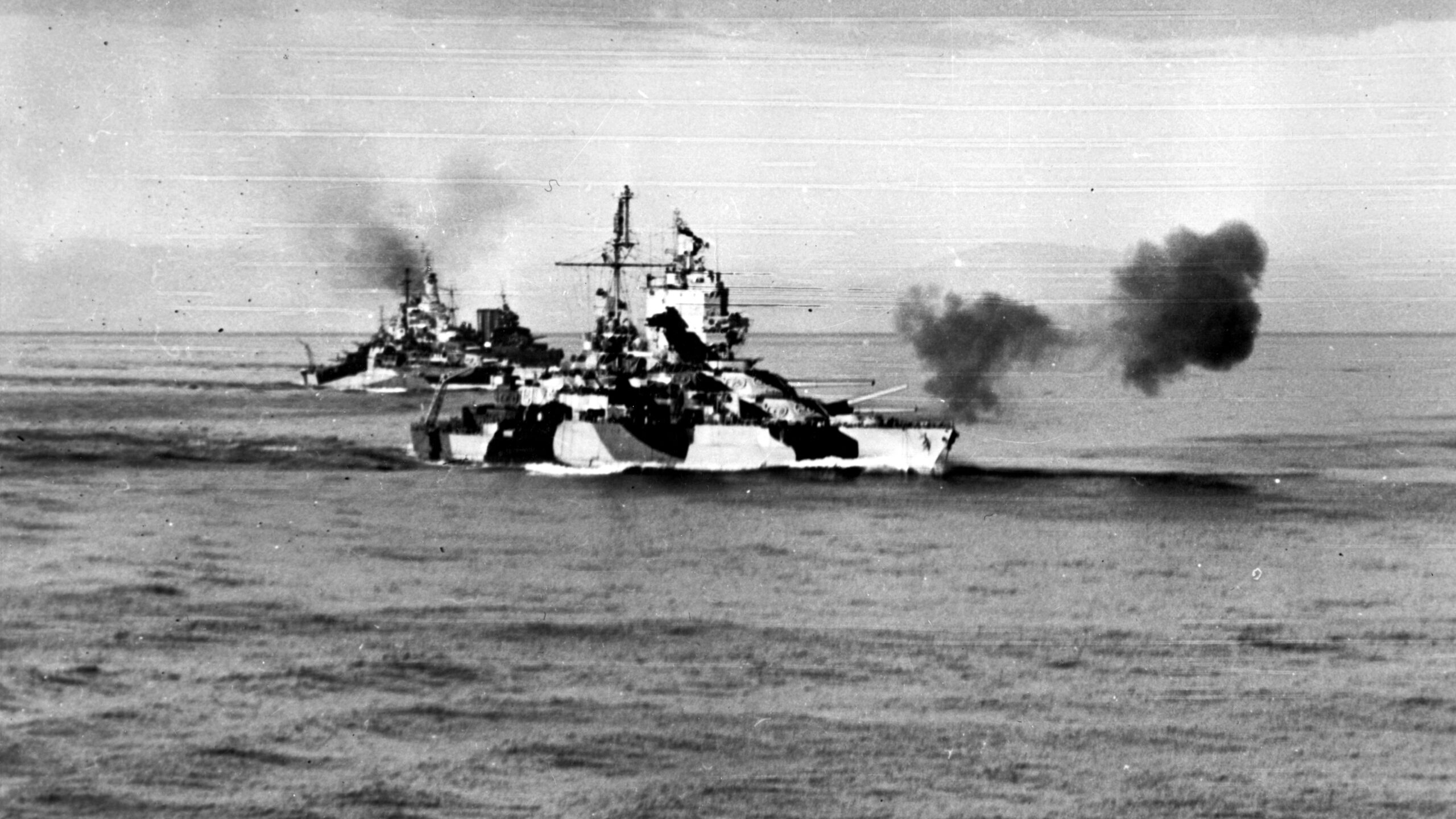
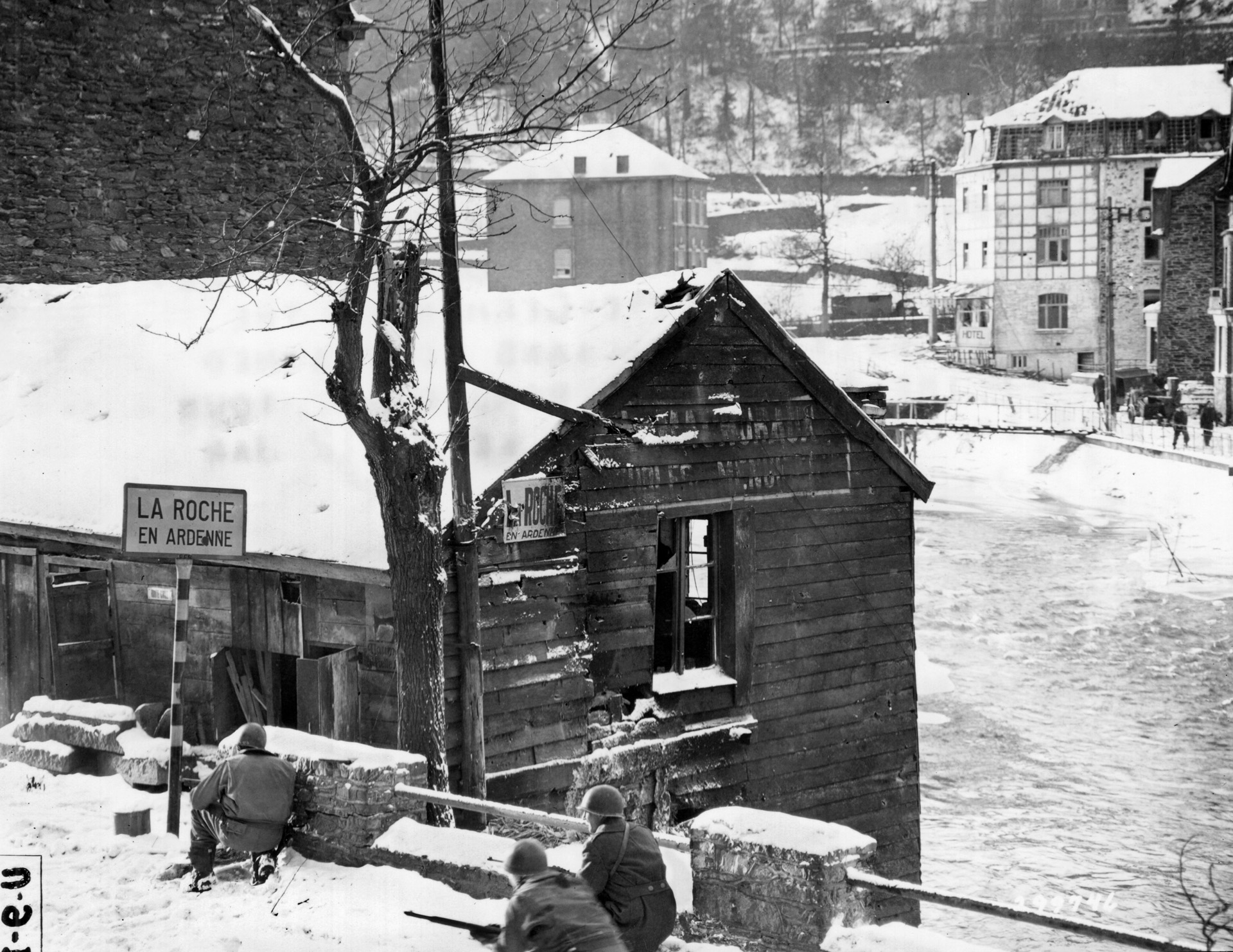
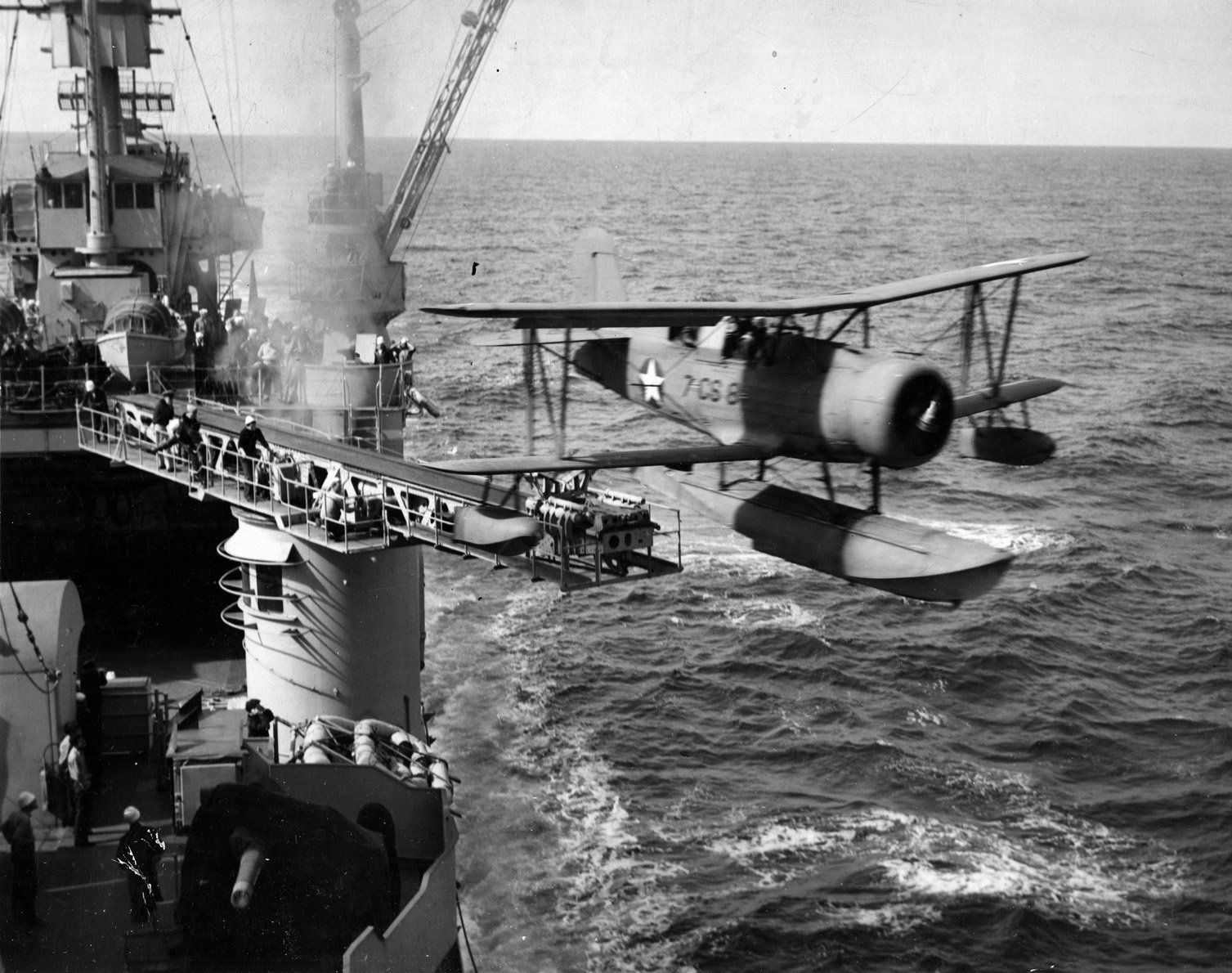

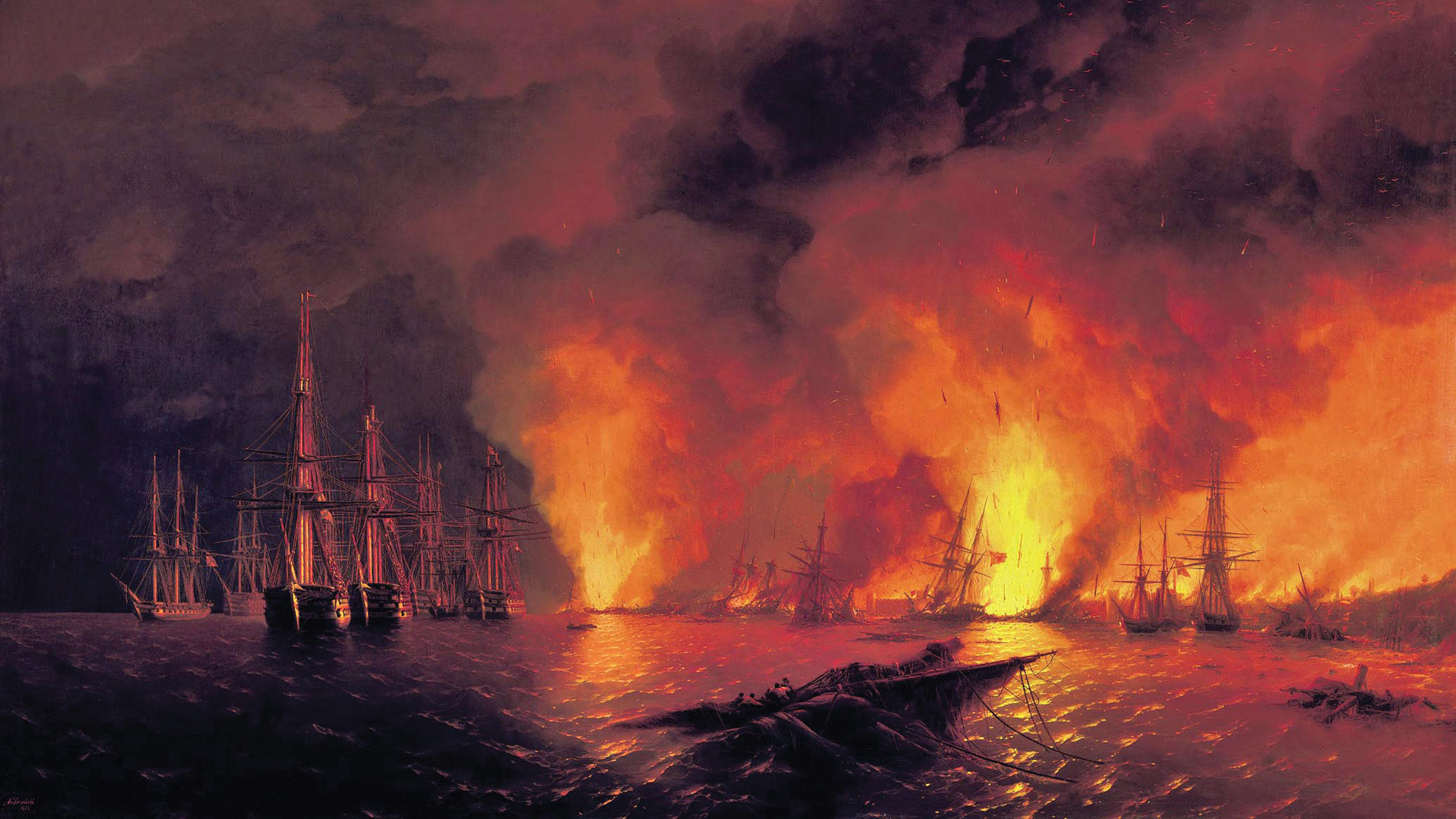
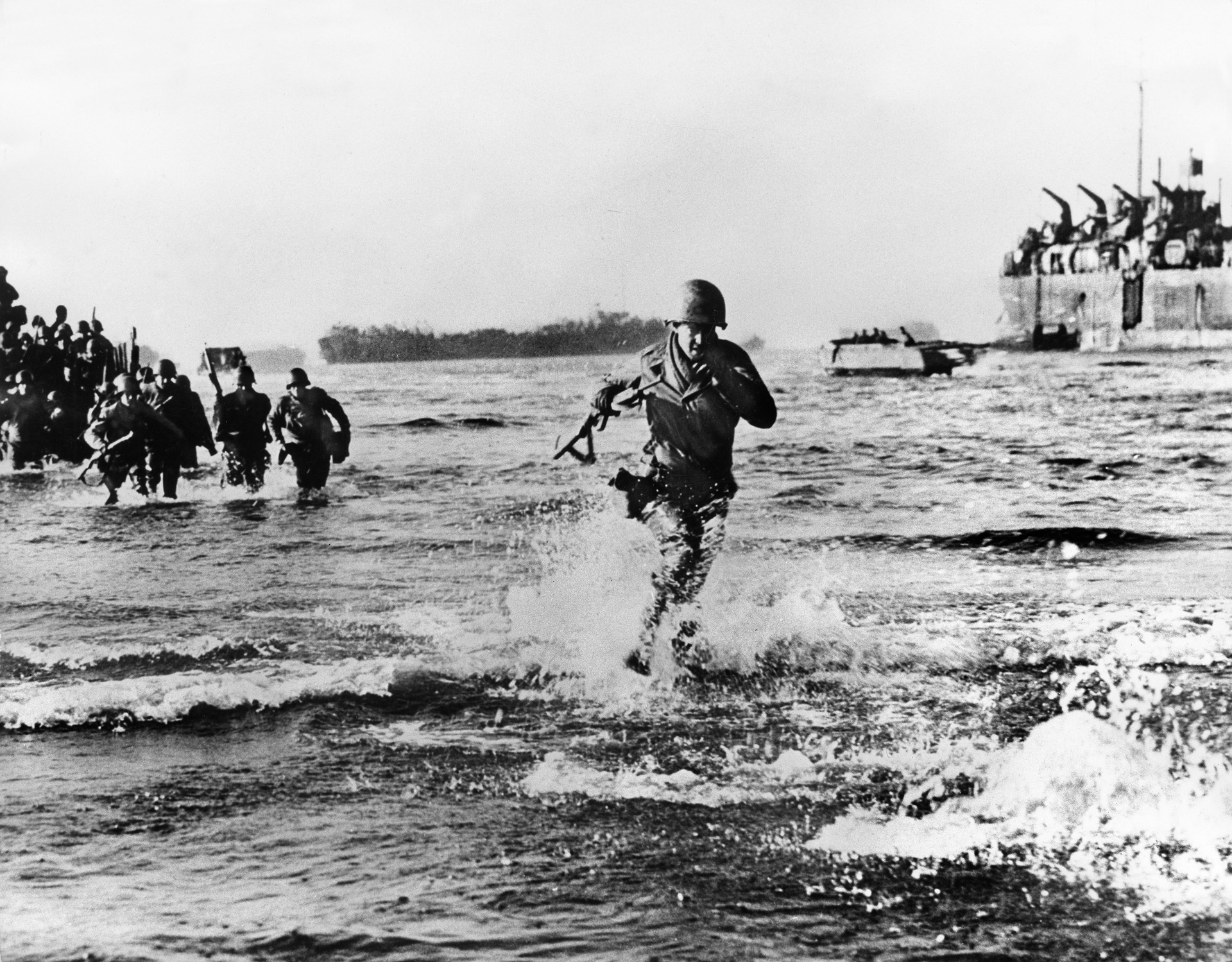
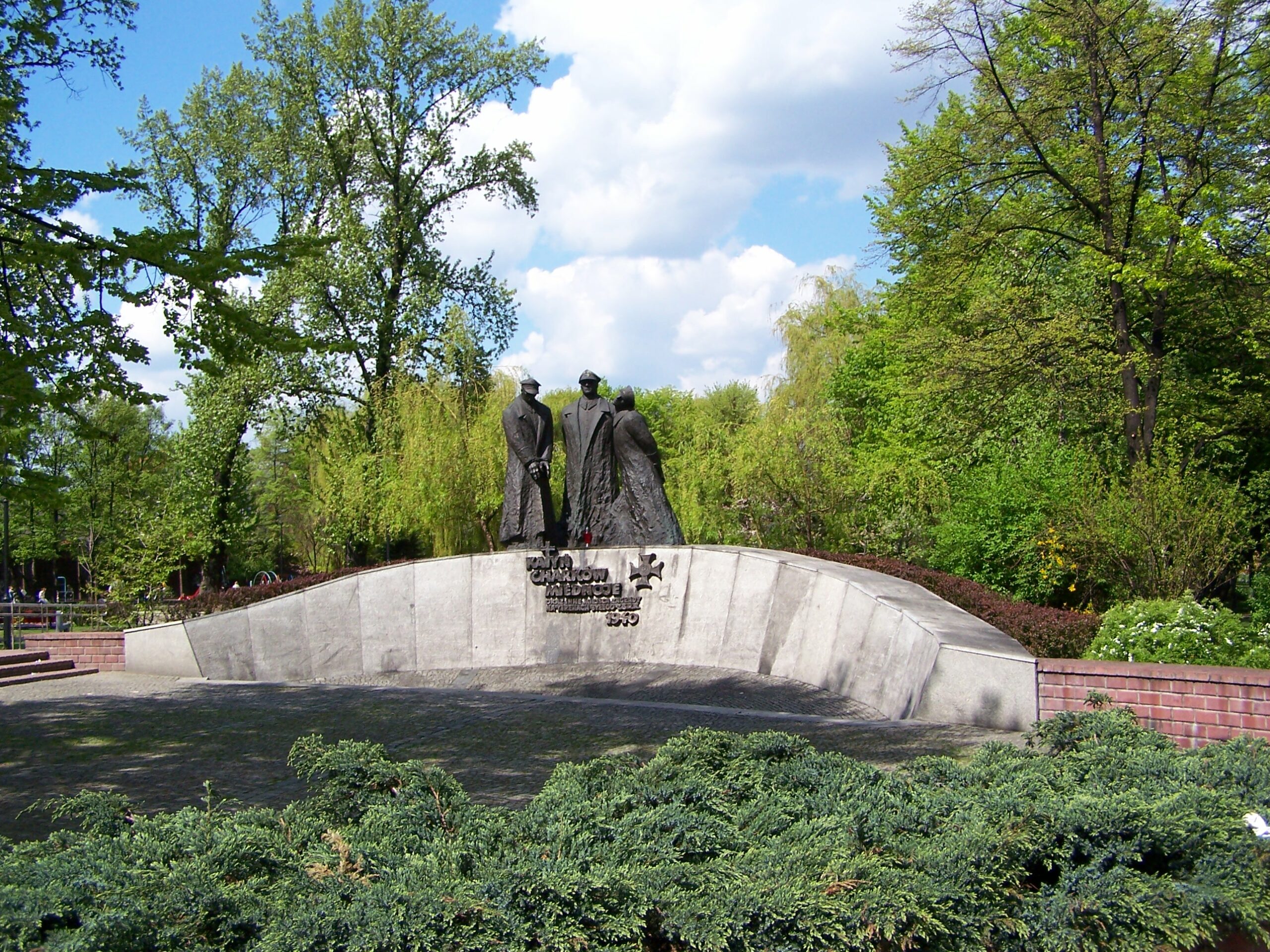
Join The Conversation
Comments
View All Comments